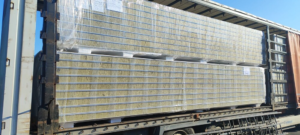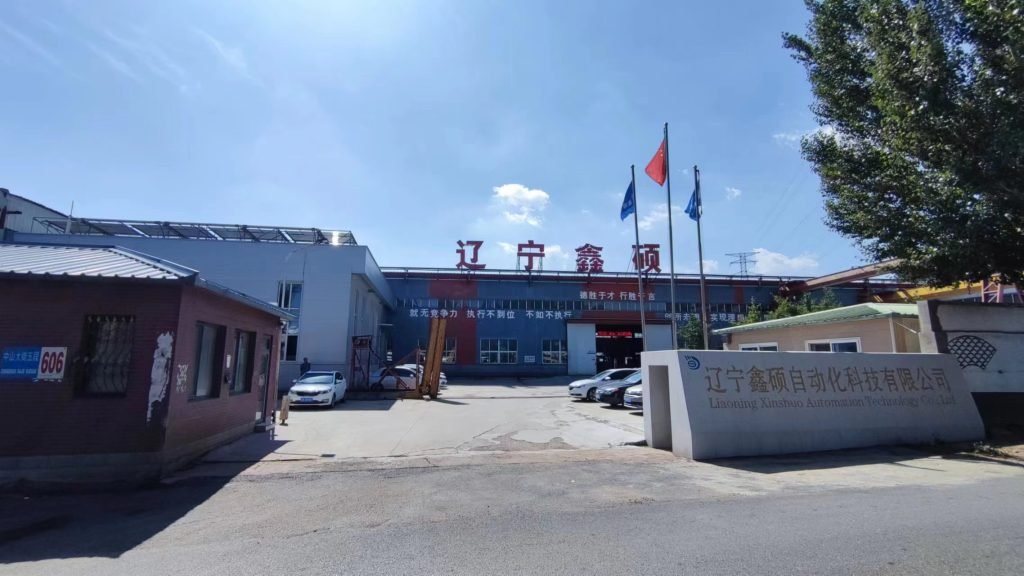Sandwich Panel Production Line: A Comprehensive Guide
In the world of construction, the demand for lightweight, energy-efficient, and durable materials has never been higher. One of the most innovative solutions to meet these demands is the sandwich panel, a composite material widely used in walls, roofs, and floors. The production of sandwich panels involves a sophisticated production line that integrates various technologies to ensure the panels meet the required standards for insulation, strength, and aesthetics. In this article, we will explore the sandwich panel production line in-depth, covering its components, processes, and technical specifications.
1. Introduction to Sandwich Panels
Sandwich panels are composed of two outer layers, typically made of metal, and an insulating core material. The outer layers provide strength and durability, while the core offers thermal and sound insulation. These panels are used in various industries such as construction, refrigeration, and automotive, primarily due to their light weight, ease of installation, and superior insulating properties. The production of sandwich panels requires precision and advanced machinery to ensure quality and efficiency.
2. Key Components of the Sandwich Panel Production Line
The sandwich panel production line consists of several key components, each of which plays a crucial role in the manufacturing process. The main components include:
- Uncoiler: The uncoiler unwinds the metal coils that will form the outer layers of the sandwich panels. This component is critical for feeding the material into the production line smoothly.
- Roll Forming Machine: This machine shapes the metal sheets into the desired profile. The roll forming process is highly customizable, allowing for the production of panels with different thicknesses, profiles, and finishes.
- Foam Injection System: The core material of the sandwich panel is typically made of polyurethane, EPS (expanded polystyrene), or rock wool. The foam injection system injects the foam material between the outer metal layers to create the sandwich structure.
- Pressing Machine: After the foam is injected, the sandwich structure is compressed to ensure the layers bond properly and the desired thickness is achieved.
- Cutting Machine: Once the panel has been formed, the cutting machine slices the continuous panel into the required lengths for shipment and installation.
- Stacking and Packaging: The final panels are stacked and packaged for delivery. This step may include automatic stacking systems and packaging for protection during transport.
3. Sandwich Panel Production Process
The production of sandwich panels is a highly automated process that involves several key stages, each requiring precision and attention to detail. The general production process includes the following steps:
3.1 Raw Material Preparation
The first step in the sandwich panel production process is preparing the raw materials. This involves uncoiling metal sheets and cutting them to the required dimensions. The type of metal used for the outer layers is typically galvanized steel, aluminum, or stainless steel, depending on the application. The core material, such as polyurethane foam or rock wool, is also prepared at this stage.
3.2 Roll Forming
Once the raw materials are ready, they are fed into the roll forming machine. This machine shapes the metal sheets into the desired profile, which is typically corrugated or flat. The roll forming process ensures that the outer layers are strong and resistant to external forces.
3.3 Foam Injection
The next step involves injecting the insulating core material between the two outer metal layers. This is typically done using a foam injection system, which allows for precise control over the thickness and density of the foam. The foam material expands as it is injected, filling the space between the two metal sheets and creating the sandwich structure.
3.4 Pressing and Curing
After the foam is injected, the sandwich panel is passed through a pressing machine, which compresses the panel to ensure that the layers bond together securely. This step also ensures that the panel reaches the desired thickness and density. The panel is then cured to allow the foam to harden, providing the necessary insulation properties.
3.5 Cutting and Stacking
Once the panel has been formed and cured, it is cut to the desired lengths using a cutting machine. The panels are then stacked and packaged for shipment. The cutting process ensures that the panels meet the specified dimensions and can be easily transported to the construction site.
4. Technical Specifications of Sandwich Panel Production Lines
There are various technical specifications to consider when selecting a sandwich panel production line. These specifications include machine capacity, production speed, power consumption, and material compatibility. The following table provides an overview of key technical specifications for a typical sandwich panel production line:
| Specification | Details |
|---|---|
| Production Capacity | Up to 3,000 panels per day |
| Panel Width | 1,000 mm to 1,200 mm |
| Panel Thickness | 30 mm to 200 mm |
| Core Material Options | Polyurethane (PU), EPS, Rock Wool |
| Roll Forming Speed | 5-10 meters per minute |
| Cutting Precision | ±2 mm |
| Power Supply | 380V, 50Hz (Customizable) |
5. Advantages of Sandwich Panels
Sandwich panels offer several advantages over traditional building materials such as concrete or brick. Some of the key benefits include:
- Energy Efficiency: The insulating core material provides excellent thermal resistance, reducing the need for heating and cooling in buildings.
- Lightweight: Sandwich panels are much lighter than traditional materials, making them easier to transport and install.
- Durability: The outer metal layers provide strength and resistance to external elements, making sandwich panels highly durable and weather-resistant.
- Cost-Effective: The lightweight nature of sandwich panels reduces transportation and labor costs during installation.
- Fire Resistance: Some sandwich panels, particularly those with rock wool cores, offer excellent fire resistance properties.
6. Applications of Sandwich Panels
Sandwich panels are used in a wide range of applications due to their versatility and superior properties. Some common uses include:
- Construction: Sandwich panels are commonly used in the construction of commercial and industrial buildings, including warehouses, factories, and cold storage facilities.
- Refrigeration: The excellent insulation properties of sandwich panels make them ideal for cold storage and refrigeration applications.
- Automotive: In the automotive industry, sandwich panels are used in the construction of lightweight vehicle bodies.
- Residential: Sandwich panels are also used in residential buildings, particularly in energy-efficient homes.
7. Conclusion
The sandwich panel production line is a highly efficient and automated process that enables the production of high-quality sandwich panels for a wide range of applications. With advancements in technology, modern production lines can produce panels with varying thicknesses, densities, and finishes to meet specific customer requirements. By utilizing a sandwich panel production line, manufacturers can meet the growing demand for sustainable, durable, and energy-efficient building materials, contributing to a greener and more efficient future.
References:



